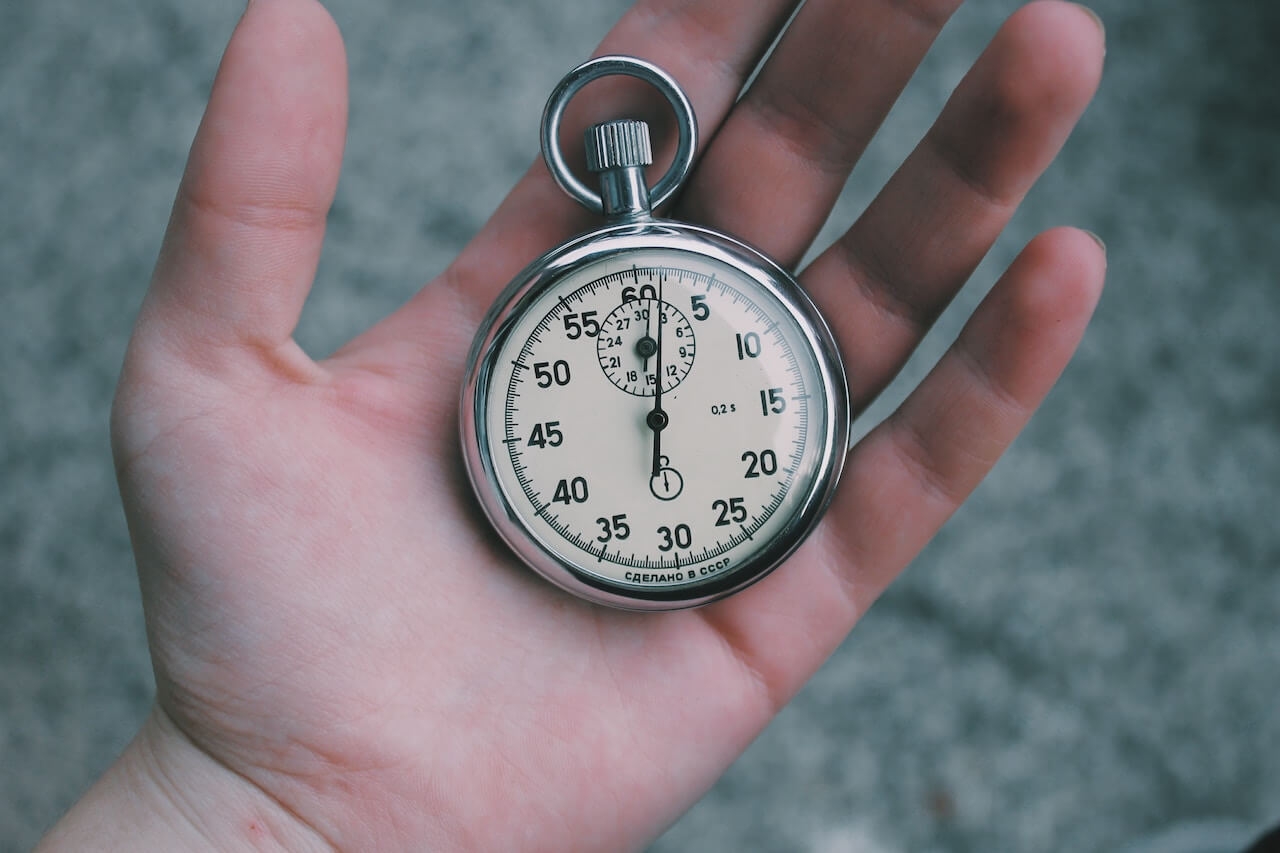Measure real world web performance

Every developer at some point gets a task to make something faster.
You might hear:
Some of our users complain that this part of app feels slugish
Our users are closing the app before this task completes
Our conversion in that screen is not as good, might be UX, might be performance, not sure, go check it out
and so on. Don’t be fooled perfomance issues are not always easy to spot. In the lab or on your great desktop or phone, everything might seem fine, but out there it is a jungle.
Sometimes it might be possible to reproduce issues by throttling CPU and network, but it is not always possible as there are many variables at play here. So how do you debug performance issues that you are not able to witness or reproduce?
Thankfully there is the Client-side performance API we can leverage to get info on how our app is behaving on a user’s device. We are not just talking about time to first byte and time to interactive, but actual measurements for how long each piece of our code took to run on an actual user’s device. You will be surprised with how many calculations that take a couple milliseconds on your lab devices, are responsible for dropping frames on user’s devices (more than 16ms).
We are going to leverage two specific methods of the performance API.
performance.mark: responsible for marking the time passed from the page load (not epoch)
performance.measure: responsible for giving us a duration between two marks
To measure a task’s duration we can do the following:
performance.mark('mytaskStart'); // marking the start time of the task. You can use any name.
for(let i=0;i<1000;i++) {
// expensive task
}
performance.mark('mytaskFinish'); // marking the end fo the task. Again you can use any name.
performance.measure('mytask', 'mytaskStart', 'mytaskFinish'); // this will give us the duration of the task in an entry named mytask measuring from mytaskStart mark up to mytaskFinish mark
To capture the measurement and do something with it (e.g. log it or send it to a server or even change our app’s behavior), we need to set up and register a performance observer. It’s actually pretty straightforward.
const userObserver = new PerformanceObserver(list => {
list.getEntries().forEach(entry => {
// do something with the entry, for now lets just log it
console.log(`${entry.entryType}: ${entry.name} took ${entry.duration}ms`)
});
});
// start the observer and listen only for measure type entries (we could listen for mark as well if we wanted)
userObserver.observe({ entryTypes: [‘measure’] });Now whenever your expensive task runs we will get a nice log in the console like:
measure: mytask took 125ms
In a real-world scenario, you can gather these statistics on your server or analytics provider and use them to identify bottlenecks or debug specific situations.
It’s also worth noting that since we’re using the Performance API, measuring should not have any impact on our app’s performance, unlike if we were using date timestamps.
In conclusion, client-side performance API is a powerful tool that can help us identify and fix performance issues that are difficult to reproduce in the lab. By leveraging performance.mark and performance.measure, we can get accurate measurements of how long each piece of our code takes to run on a user’s device and use that information to improve the performance of our app.
Subscribe to masimplo.com
Get the latest posts delivered right to your inbox

